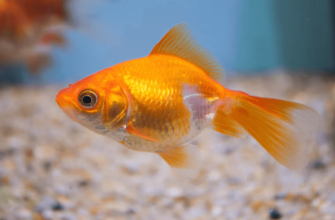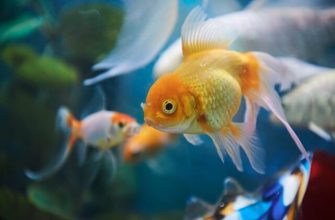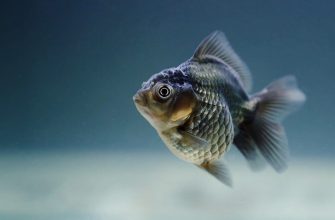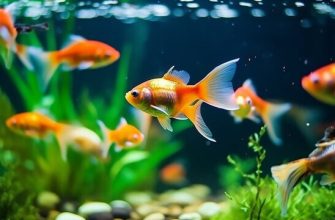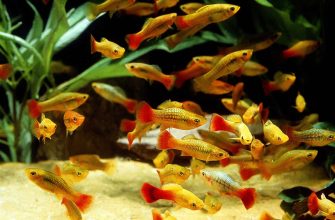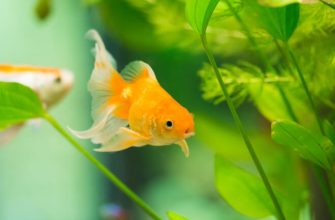The Goldfish Plant, also known as Columnea gloriosa, is a stunning and sought-after plant. Here, we will explore how to propagate it and share tips for growing your own.
Propagation means creating new plants from an existing one. With Goldfish Plants, you can use stem cuttings or division. For stem cuttings, pick a healthy stem with two or three pairs of leaves. Remove any lower leaves. Dip the cut end of the stem in a rooting hormone powder. Insert it into moist potting soil or perlite. Put the container in a warm spot with indirect light. Mist regularly to maintain humidity.
For division, lift the parent plant from its pot. Separate the root-bound clump into smaller sections. Ensure each section has roots and replant them in individual pots with fresh potting soil.
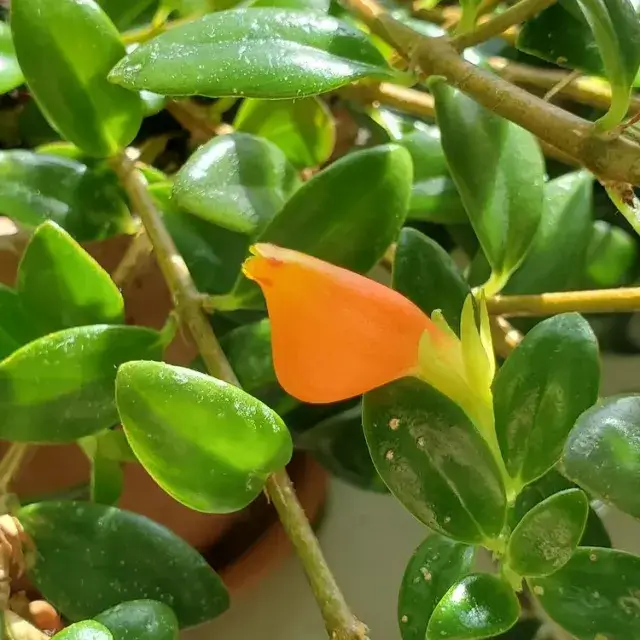
Goldfish Plants were discovered centuries ago in Central and South America. Europeans valued them for their vibrant orange flowers resembling goldfish. Over time, horticulturists and plant enthusiasts developed methods to propagate them, allowing people worldwide to enjoy them.
What is a goldfish plant?
The goldfish plant, also called Columnea, is a tropical perennial. It has vibrant orange flowers that look like the iconic swimming fish. This plant is native to Central and South America and is known for its lush green foliage and striking blooms. Its long, arching stems give a touch of elegance to any indoor area or garden.
The goldfish plant loves warm and humid climates, like the humid rainforest. It needs bright but indirect sunlight to maintain its colorful blooms. Low light conditions are fine, but it may not produce many flowers. The soil must be slightly moist. Be careful not to overwater otherwise it can cause root rot.
The goldfish plant has a special ability to attract hummingbirds. Its trumpet-shaped flowers are a delicious nectar source. Plant it in your garden or near a window to create a hummingbird haven.
The goldfish plant was discovered in the 1800s by European botanists exploring South and Central America. Since then, many have appreciated its ornamental value and intriguing features.
Benefits of propagating a goldfish plant
Propagating a goldfish plant has numerous benefits every plant lover should know! Firstly, it allows you to make new plants without paying for them at a nursery. Secondly, propagating your goldfish plant enables you to expand your collection of plants. As you can have multiple plants from a single parent plant. Thirdly, propagating provides you the opportunity to experiment and gain knowledge about gardening techniques. Such as rooting cuttings in water or soil. Besides, it’s a great way to show your love for plants. By gifting propagated plants to your friends and family. Lastly, propagating your goldfish plant gives you a sense of satisfaction and fulfillment. As you witness the growth and development of new life!
Pro Tip: When propagating your goldfish plant, make sure to use clean and sharp tools. To avoid any harm or infection to the parent plant or cuttings. Keep the environment humid. And provide adequate indirect light for successful propagation.
Materials needed for propagation
For successful growth, propagation of a goldfish plant needs certain materials. Here are 3 essential items:
- Sharp pruning shears: These are used to cut healthy stem cuttings from the parent plant.
- Rooting hormone: This is applied to the cut ends of stem cuttings to promote root development and enhance propagation success.
- Potting medium: A mix of peat moss, perlite and vermiculite provides an ideal environment for root establishment and growth.
We can add more interesting facts. Clean containers for rooting cuttings can help stop the spread of diseases. Also, regular misting of the newly propagated plants with water creates a humid environment for their root development.
Now, let’s look into a remarkable history about goldfish plant propagation. In the early 1800s, European explorers found this amazing plant in Central and South America. They were amazed by its orange flowers resembling small goldfish. Since then, horticulturists have developed various propagation techniques to make this fascinating plant accessible to everyone.
Preparing the parent plant for propagation
Emily, a devoted gardener, saw a gorgeous goldfish plant at the nursery and knew she had to bring it home. But, she wanted more! So, Emily began researching how to prepare the parent plant for propagation. She followed these steps:
- Check the leaves, stems, and roots for any diseases or pests.
- Pick a stem that is long enough to be cut into several sections, with at least two nodes each.
- Disinfect a knife or pruning shears with rubbing alcohol.
- Cut the stem just below a node at 45-degrees.
- Remove lower leaves to stop moisture loss and rotting.
- (Optional) Dip the cut end in rooting hormone powder for faster root development.
Moreover, Emily remembered that goldfish plants need bright indirect light and good draining soil. Now, her garden is full of healthy goldfish plants that make a captivating display for all to see.
Step-by-step instructions for propagating a goldfish plant
Propagating goldfish plants requires certain steps. Here’s a guide to help you out:
- Pick a Healthy Plant – Look for one with vibrant foliage and strong stems.
- Make Potting Mix – Combine equal parts of peat moss, perlite, and sand.
- Cut Stems – Use clean scissors or pruning shears to cut 4-6 inch pieces just below a leaf node. Remove any lower leaves.
- Use Rooting Hormone (Optional) – Dip the cut end of each stem in a rooting hormone powder or gel before planting.
- Plant Cuttings – Make small holes in the potting mix. Insert the stem cuttings 1-2 inches deep.
- Provide Care – Put the potted cuttings in an area with bright, indirect light. Keep the soil moist but not soggy. Mist the leaves occasionally.
Goldfish plants need patience and care during propagation. But with these steps, you can enjoy their unique beauty and increase your plant collection.
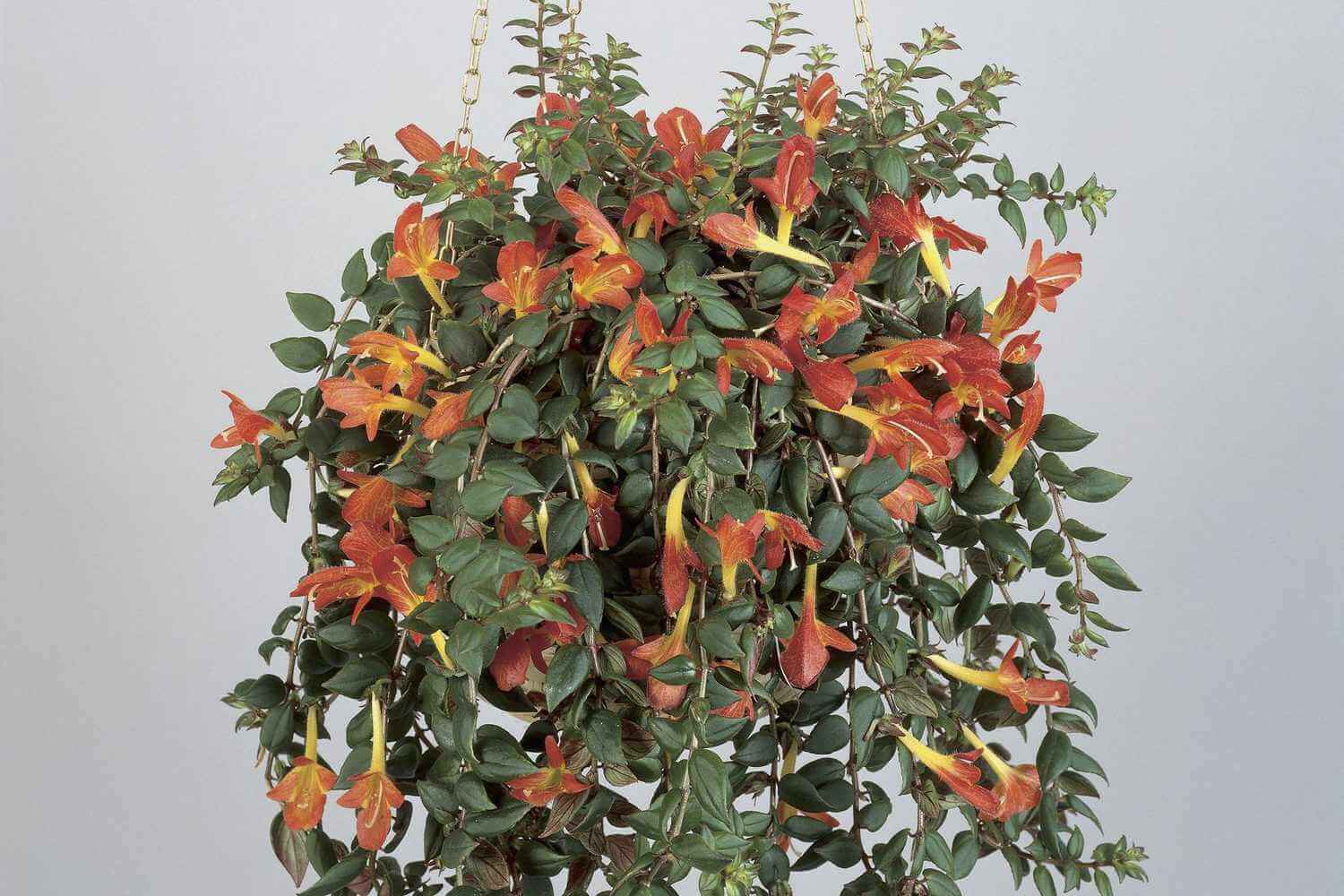
Fun fact – Goldfish plants (Columnea spp.) were discovered in South America by French botanist Charles Plumier in the late 17th century. They were named “goldfish plant” because their flowers look like orange fish swimming in green foliage. Since then, these plants have become popular worldwide.
Troubleshooting common issues during propagation
When propagating a goldfish plant, troubleshooting common issues is essential. These issues can stop successful propagation and harm the plant’s health and growth. Here are key points to keep in mind:
- Not enough moisture: Keep the soil consistently moist, but not overly saturated during propagation. Lack of proper moisture can slow root development and stunt new plant growth.
- Overwatering: Important to maintain moisture, but overwatering can be bad. It can cause root rot, killing the parent and propagated plants. Space waterings and let the soil dry slightly between.
- Bad light conditions: Goldfish plants need bright, indirect light. Too much direct sunlight can cause leaf burn and scorching. Not enough light can lead to weak stems.
- Poor temperature control: Goldfish plants prefer warm temperatures between 60-75°F (15-24°C). Fluctuations or cold drafts can shock the plant and stop its propagation.
- Wrong fertilization: Avoid high-concentration fertilizers during propagation, as they may burn roots. Use a balanced, diluted liquid fertilizer made for houseplants.
- Pest infestation: Watch for pests like aphids, mealybugs, and spider mites that can harm both parent and propagated plants. Frequently check leaves and stems for signs of pests and take action.
Also, provide proper care during the propagation process by monitoring humidity levels, ensuring good air circulation, and keeping the area around the plant clean.
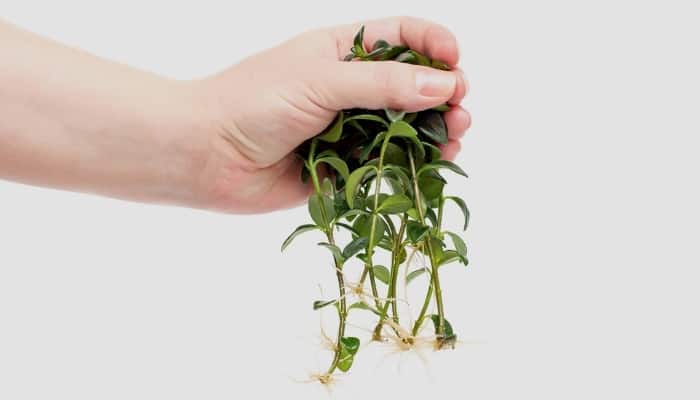
Follow these tips for a successful goldfish propagation journey! Avoiding issues and giving proper care increases chances of healthy growth and vibrant new plants. Enjoy propagating!
Transplanting the rooted cuttings
Ready a container for the transplanting process. Carefully remove the rooted cuttings from their current pot and place them in the prepared one. Make sure they remain at the same depth. Add well-draining soil around the root system and pack it in to provide stability. Water the cuttings thoroughly and let the excess water drain away. Place the pot in a spot with indirect light and sustain consistent moisture levels to promote healthy growth.
Remember – goldfish plants prefer humid environments. You can use a humidity tray or put a shallow dish of water near the plant to generate moisture.
Mary, a passionate plant enthusiast, had a great time propagating her goldfish plants. With her dedication and attention, the transplanted cuttings flourished into lush specimens that cheered up her home.
Now you have the chance to master the art of transplanting rooted cuttings. With patience and devotion, your goldfish plant will reward you with lush foliage and gorgeous blooms. Have a great gardening experience!
Caring for the newly propagated goldfish plants
For healthy growth and attractive foliage, caring for newly propagated goldfish plants is essential. Follow six simple steps to ensure their wellbeing:
- Light: Place in a spot with bright, indirect sunlight. Avoid harsh rays.
- Temperature: 65°F to 75°F (18°C to 24°C) is best. Keep away from drafts and air conditioning vents.
- Watering: Moderation is key. Allow the top inch of soil to dry before watering again. Too much can cause root rot.
- Fertilizing: Use a balanced houseplant fertilizer every two weeks during the growing season. Dilute according to the package.
- Humidity: Goldfish plants require high humidity. Use a humidifier or place a tray of water near the plant. Mist leaves regularly.
- Pruning: Trim off dead or damaged leaves to spur new growth. Clean leaves with a soft cloth or sponge.
Also, beware of chemical exposure. With proper care and attention, your goldfish plants will look amazing! Don’t miss out—take action now!
Conclusion
- To finish, propagating a goldfish plant is an easy process that needs patience and attention. Follow the steps in this article and you can propagate your goldfish successfully.
- Take a healthy stem below a leaf node from the parent plant. Remove any lower leaves to help root growth. Dip the cut end into rooting hormone to help it grow.
- Prepare a well-draining potting mix, moisten it and plant the cutting. Make a small hole with your finger or a pencil and put the stem in. Gently press the soil around it.
- Put the potted cutting in a warm spot with bright indirect light. Keep the moisture level right, not too dry and not too wet. Mist the foliage regularly.
- Be patient and wait for the cutting to develop roots, which could take a few weeks. Gently tug on the stem after a few weeks and check for resistance, which shows root development.
- Once roots have grown, move the new goldfish plant closer to a window or give it some filtered sunlight. As it grows stronger, transplant it into a bigger pot with regular potting mix for houseplants.
Frequently Asked Questions
1. How do I propagate a goldfish plant?
To propagate a goldfish plant, start by taking stem cuttings. Cut 4-6 inch stems just below a node. Remove any leaves from the lower half of the stem. Dip the cut end in rooting hormone and plant the cutting in a pot filled with a well-draining soil mix. Keep the soil moist and place the pot in a warm, bright location. New roots should develop within a few weeks.
2. Can I propagate a goldfish plant in water?
Yes, you can propagate a goldfish plant in water. Take stem cuttings as described earlier and place them in a container with water. Keep the container in a location with bright, indirect light. Change the water every few days to prevent rot. Once roots are well-established, you can transfer the cuttings to a pot with soil.
3. When is the best time to propagate a goldfish plant?
The best time to propagate a goldfish plant is in spring or early summer when the plant is actively growing. This allows the cutting to establish roots more quickly. However, you can still propagate the plant successfully at any time of the year as long as you provide the right conditions.
4. How often should I water newly propagated goldfish plants?
After propagating a goldfish plant, water the cuttings thoroughly to saturate the soil. Then, water whenever the top inch of soil feels dry. Avoid overwatering, as this can lead to root rot. As the plants establish and grow, adjust the watering frequency based on the plant’s needs.
5. How long does it take for goldfish plant cuttings to root?
Goldfish plant cuttings usually take around 2-4 weeks to develop roots when propagated in soil. If propagated in water, the roots may take a bit longer to develop. Be patient and provide the right conditions, such as warmth and moisture, for successful rooting.
6. Can I propagate a goldfish plant from leaf cuttings?
No, goldfish plants cannot be propagated from leaf cuttings. They require stem cuttings with at least one node to successfully develop roots. Leaf cuttings will not produce new plants.

